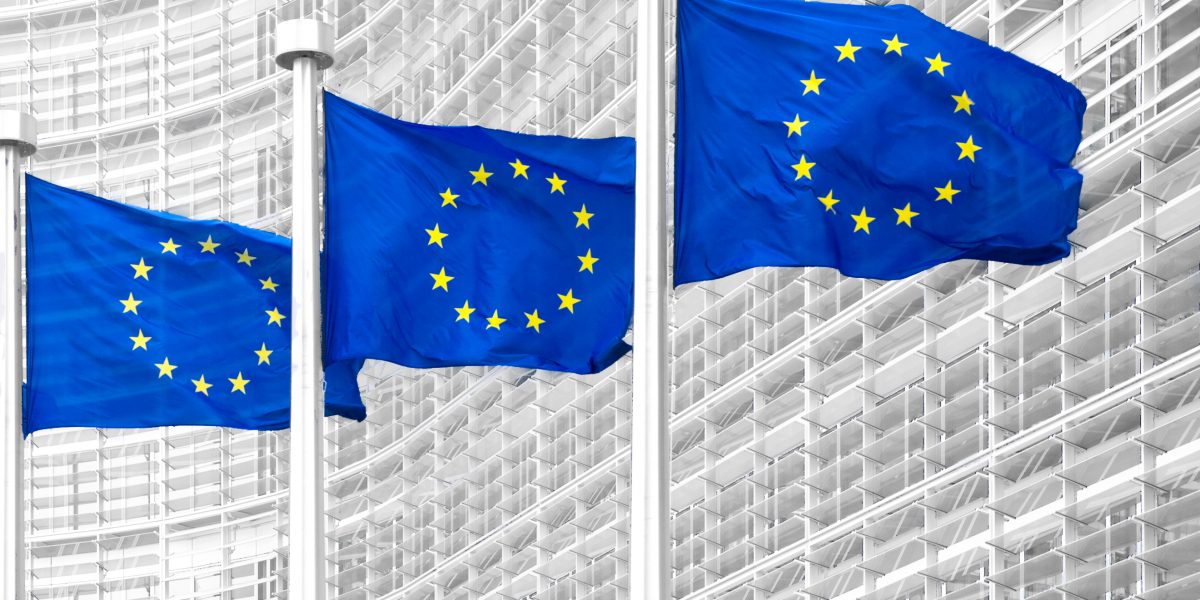The European Commission continues to highlight the important and critical role for sustainable bioenergy in the European Union’s efforts to combat climate change.
Last week, the European Commission released a public communication on its 2030 EU biodiversity strategy. This document, which discusses the EU’s efforts and strategy to protect the environment, affirmed that sustainable bioenergy is one of the solutions to climate change.
The document includes bioenergy among the “win-win solutions for energy generation.” The Commission states that “decarbonising the energy system is critical for climate neutrality,” and includes “sustainable bioenergy” as one of the tools, along with wind, solar and other energy sources, that are “essential to fight climate change and biodiversity loss” (2.2.5).
The U.S. Industrial Pellet Association welcomed the EU Biodiversity Strategy document, noting that, “Over the past decade, sustainable biomass has made significant contributions towards current 2020 emissions targets and biodiversity goals by displacing millions of tons of coal and preserving forest habitat.”
The EU’s statement recognizing the positive role that wood bioenergy plays in carbon mitigation echoes the views of leading scientists, the UN Intergovernmental Panel on Climate Change (IPCC), and the US Congressional Research Service, all of whom note the benefits of utilizing wood bioenergy to transition away from fossil fuels in the fight against global climate change.
This transition is, importantly, not theoretical – it is happening right now in Europe. For instance, the United Kingdom’s (once) largest carbon polluter has now significantly decarbonized its power production by embracing renewable wood bioenergy, and is on track to soon go coal-free. In fact, renewables have made record gains in the UK thanks to wood bioenergy.
You can read more about the United Kingdom’s switch to renewable wood bioenergy in a recent CNN profile here.

